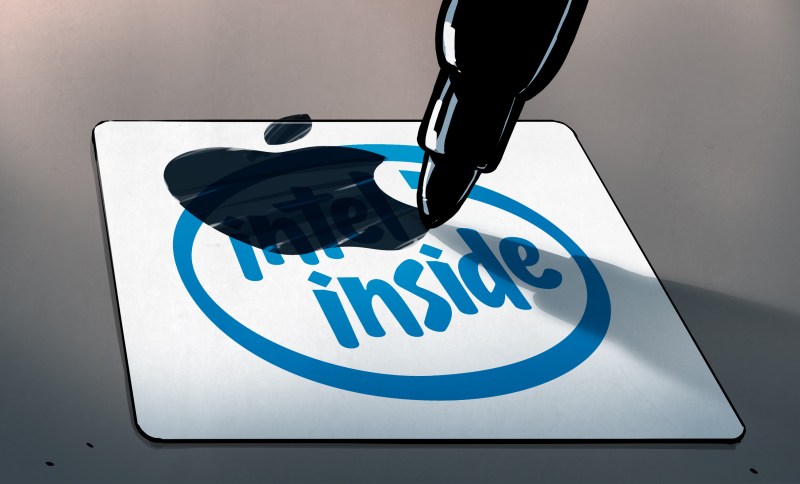Il est inadmissible de voir des articles comme "Découvrez le top des meilleurs sex-toys compatibles VR - août 2025" se multiplier sur des sites comme REALITE-VIRTUELLE.COM. On parle de plaisir en solo ou à deux, mais à quel prix ? La société est en train de banaliser une sexualité qui devrait être intime et réfléchie. Ces gadgets technologiques ne font que renforcer l’aliénation et l’isolement. Au lieu de promouvoir de vraies connexions humaines, on nous pousse vers des expériences virtuelles superficielles ! Il est temps de se réveiller et de remettre en question cette obsession pour la technologie au détriment de notre humanité !
#SexToys #Réalisme
#SexToys #Réalisme
Il est inadmissible de voir des articles comme "Découvrez le top des meilleurs sex-toys compatibles VR - août 2025" se multiplier sur des sites comme REALITE-VIRTUELLE.COM. On parle de plaisir en solo ou à deux, mais à quel prix ? La société est en train de banaliser une sexualité qui devrait être intime et réfléchie. Ces gadgets technologiques ne font que renforcer l’aliénation et l’isolement. Au lieu de promouvoir de vraies connexions humaines, on nous pousse vers des expériences virtuelles superficielles ! Il est temps de se réveiller et de remettre en question cette obsession pour la technologie au détriment de notre humanité !
#SexToys #Réalisme









